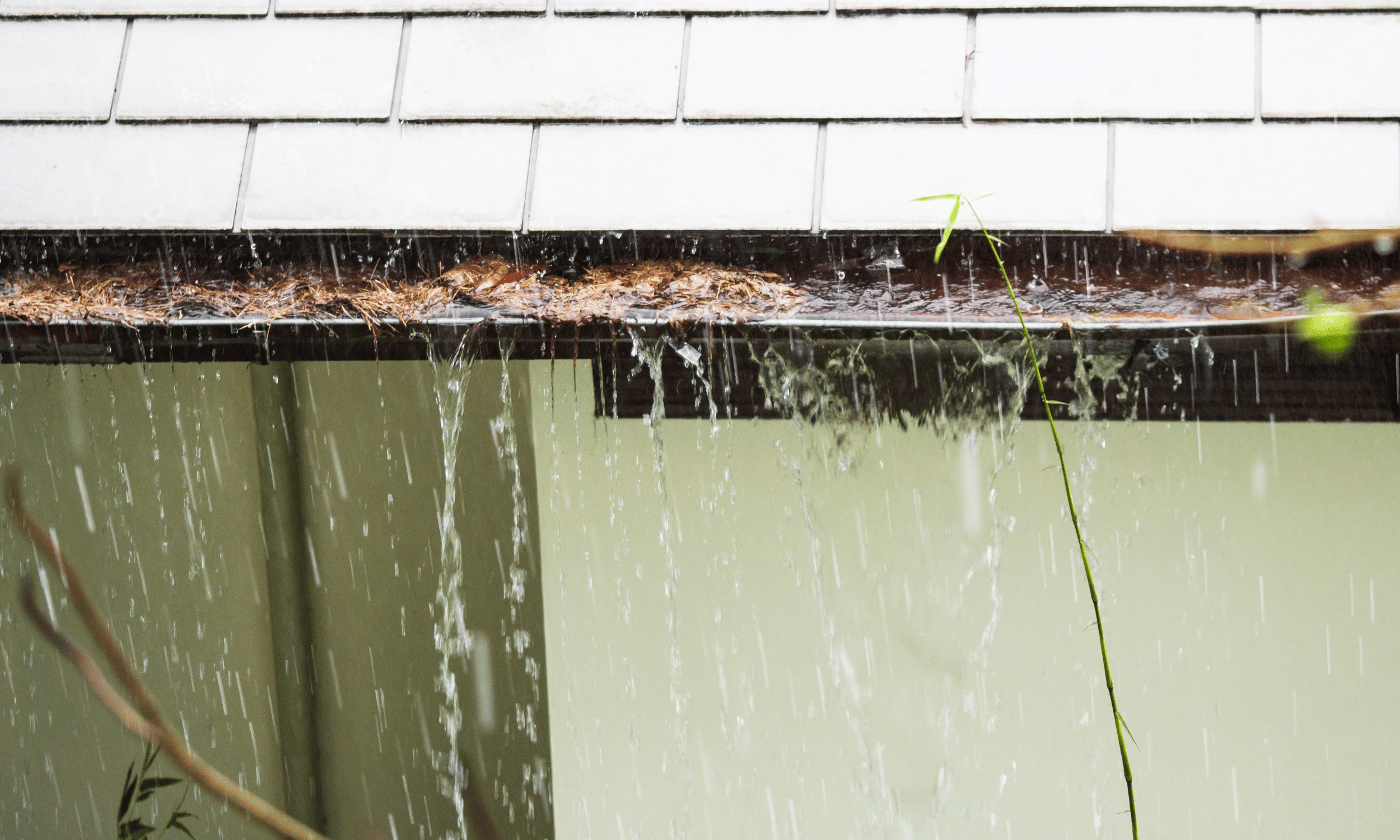Common Gutter Problems and How to Fix Them
Gutters are an essential component of any home, directing rainwater away from the foundation to prevent structural damage, erosion, and water infiltration. However, gutters can develop a variety of problems over time, leading to costly repairs if not addressed promptly. Understanding these common issues and knowing how to fix them can save homeowners time, money, and frustration. Below, we explore the most frequent gutter problems and practical solutions to keep your system functioning efficiently.
1. Clogged Gutters
One of the most widespread gutter problems is clogging. Over time, leaves, twigs, dirt, and other debris accumulate in gutters, restricting water flow. When this happens, rainwater can overflow, leading to foundation erosion, roof leaks, and potential interior water damage.
How to Fix It:
Regular professional gutter cleaning is the best way to prevent clogs. Experts use specialized tools to remove built-up debris and ensure water flows freely.
Installing gutter protection services, such as leaf guards, can help prevent debris from entering the system, reducing maintenance needs.
Checking and cleaning gutters at least twice a year—especially in the fall and spring—can prevent major blockages.
2. Leaky Gutters
Leaks are another common gutter issue, typically occurring at joints, seams, or areas where the gutter material has deteriorated over time. A small leak might not seem like a major problem at first, but over time, it can lead to rotting fascia boards, mold growth, and water stains on walls.
How to Fix It:
Apply a waterproof gutter sealant to small cracks and seams to prevent leaks from worsening.
If the damage is more extensive, consider hiring gutter repair experts to replace damaged sections.
Upgrading to seamless gutter installation can significantly reduce the risk of leaks, as seamless systems have fewer connection points where leaks commonly occur.
3. Sagging or Detached Gutters
Gutters may begin to sag due to loose brackets, excessive debris weight, or prolonged exposure to extreme weather conditions. When gutters pull away from the roofline, they become ineffective at directing water away from the home, increasing the risk of damage.
How to Fix It:
Inspect the gutter hangers and fasteners to ensure they are secure. Tighten any loose screws and replace broken brackets.
Remove heavy debris regularly to prevent excess weight from pulling the gutter system down.
If gutters continue to sag or detach, consider hiring DFW gutter specialists to assess whether a new installation is necessary.
4. Improper Drainage and Pooling Water
If gutters are not angled correctly, water may pool inside the system instead of flowing toward the downspouts. Pooling water can lead to rust, mold, and pest infestations. Additionally, if downspouts do not direct water far enough away from the house, it can cause soil erosion and foundation issues.
How to Fix It:
Adjust the gutter slope to ensure proper drainage. Gutters should have a slight downward angle of about 1/4 inch for every 10 feet.
Install downspout extensions to carry water at least 3-4 feet away from the foundation.
Check for blockages in the downspouts and clear them using a plumber’s snake or high-pressure hose.
5. Ice Dams and Winter Damage
During winter, melting snow can refreeze along the edges of the roof, forming ice dams. These ice formations prevent water from draining properly, leading to gutter damage, roof leaks, and interior water infiltration.
How to Fix It:
Keep gutters clean and free of debris before winter arrives to prevent blockages.
Improve attic insulation and ventilation to reduce heat loss, which contributes to ice dam formation.
Use heated gutter cables or calcium chloride ice melt to prevent excessive ice buildup.
6. Pest Infestations
Standing water, leaves, and debris in gutters create the perfect environment for pests like mosquitoes, birds, rodents, and insects to nest. Clogged gutters can also attract termites, which pose a risk to wooden structures.
How to Fix It:
Install gutter guard installation to prevent leaves and twigs from accumulating.
Clean gutters regularly to remove potential nesting materials.
Ensure downspouts are properly draining to eliminate standing water, which attracts mosquitoes and other insects.
7. Rust and Corrosion
Metal gutters, especially older galvanized steel systems, can develop rust and corrosion over time. This weakens the material and can lead to holes and leaks.
How to Fix It:
Regularly inspect gutters for rust spots and apply rust-resistant paint or sealant.
Replace heavily corroded sections to prevent further deterioration.
Consider upgrading to aluminum or copper gutters, which are more resistant to rust.
8. Foundation Damage
When gutters fail to direct water away from the home, it can lead to foundation cracks and basement flooding. This is one of the most serious consequences of a malfunctioning gutter system.
How to Fix It:
Ensure all gutters and downspouts are properly directing water away from the home.
Add downspout extenders if necessary to move water further away.
Invest in gutter maintenance solutions to prevent problems before they escalate.
For expert solutions to these common gutter problems, click the button below to schedule a professional inspection or service appointment.

